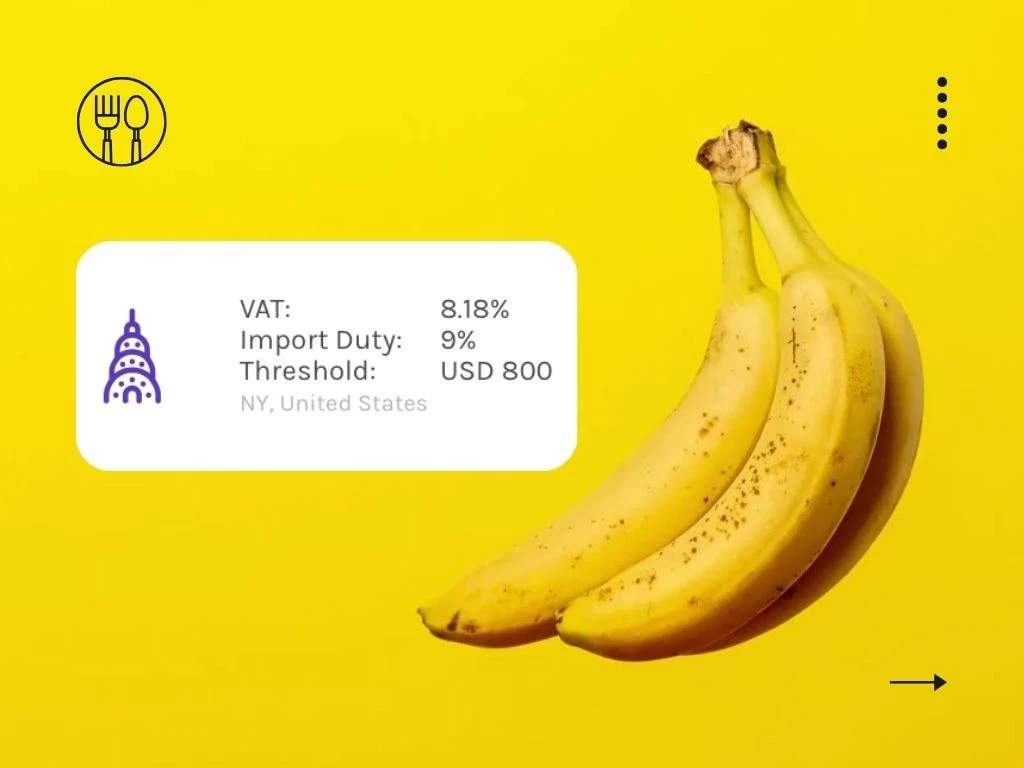The Import Duty and Tax Calculator

What is Landed Costs
The landing cost is the total price of a product once it has arrived at a buyer’s doorstep. It includes not only the original price of the product but also additional costs like shipping fees, insurance during transport, and any customs or import duties that need to be paid.
Essentially, it’s the full cost of getting a product from the seller to the buyer, covering everything necessary to make that happen.
220+ countries covered
Quuote.me simplifies the calculation of import duties and destination taxes, such as VAT (Value Added Tax) or GST (Goods and Services Tax), for various types of commodities.
It is designed to be user-friendly and efficient, offering its services for over 220 countries.
This means that users can quickly determine the total cost, including taxes and duties, for importing goods to their desired destination, ensuring they have all the necessary financial information for international transactions.
HS codes are critical for precise duty calculation
HS codes, short for Harmonized System codes, are a standardized numerical method of classifying traded products. They are used globally and consist of about 5,000 commodity groups, each identified by a six-digit code. These codes are essential in international trade, as they provide a common language for countries to classify goods in a consistent manner.
The importance of HS codes in duty calculation is significant for a few key reasons:
-
Product Identification: HS codes precisely identify what a product is. Since different products are subjected to different tariff rates, having the exact HS code ensures that the correct product category is being assessed.
-
Consistency Across Countries: Because the HS system is used worldwide, it provides a consistent framework for all countries to assess duties. This means that the same product will have the same HS code in different countries, simplifying the process of calculating duties for international trade.
-
Accurate Duty Assessment: Different products have different duty rates. For instance, the duty rate for agricultural products might be different from electronic goods. By using the specific HS code, customs authorities can accurately determine the duty rate applicable to that particular product.
-
Regulatory Compliance: Using the correct HS code ensures compliance with international trade laws and regulations. Incorrect classification can lead to penalties, delays in customs, or even seizure of goods.
In summary, HS codes are critical for precise duty calculation as they define the exact nature of the product being imported or exported. This ensures that the right tariff is applied, which is crucial for both customs compliance and accurate cost assessment in international trade.
